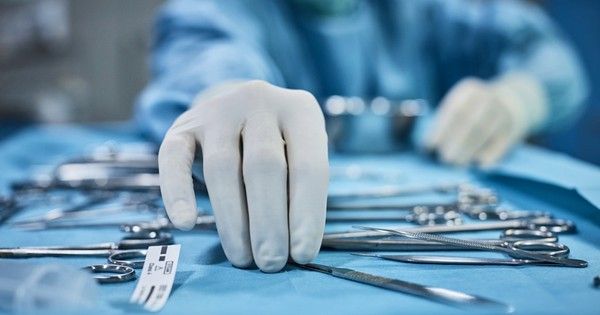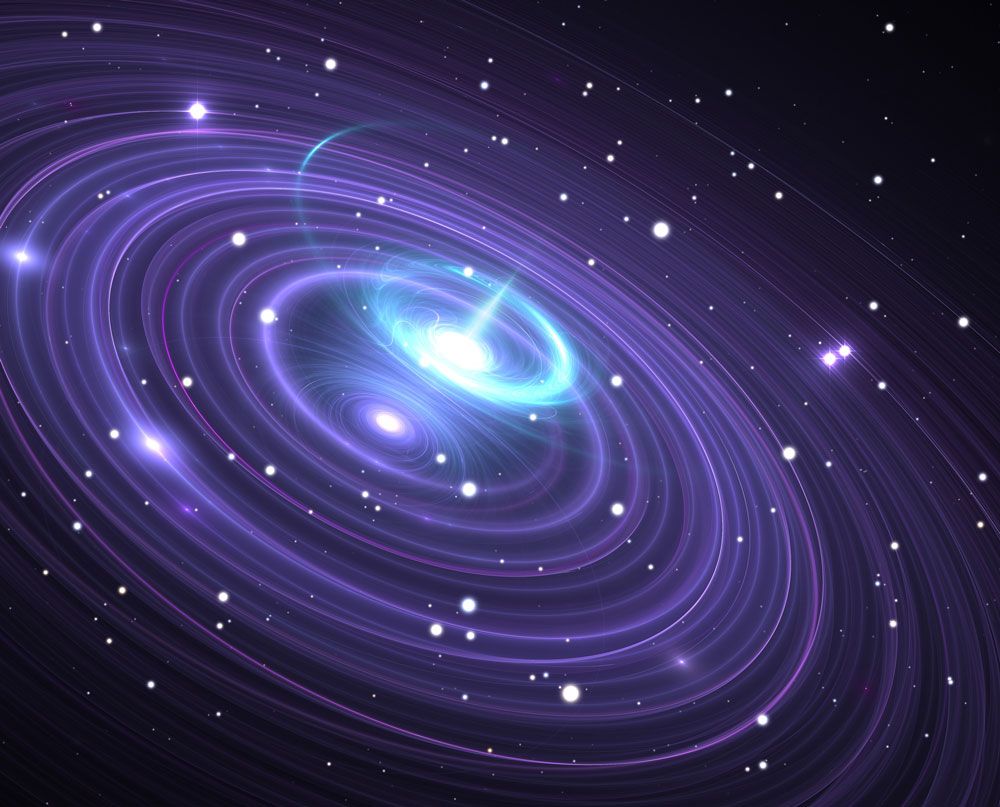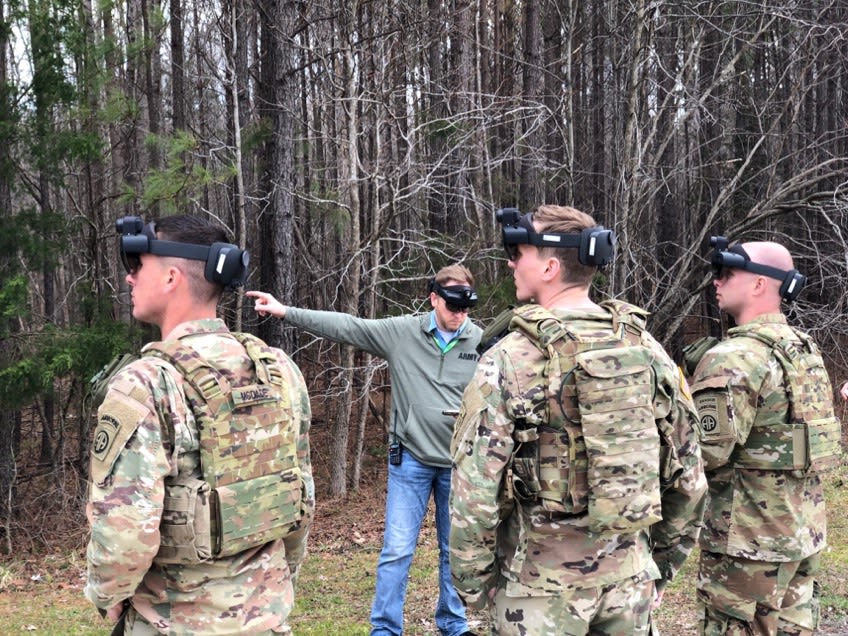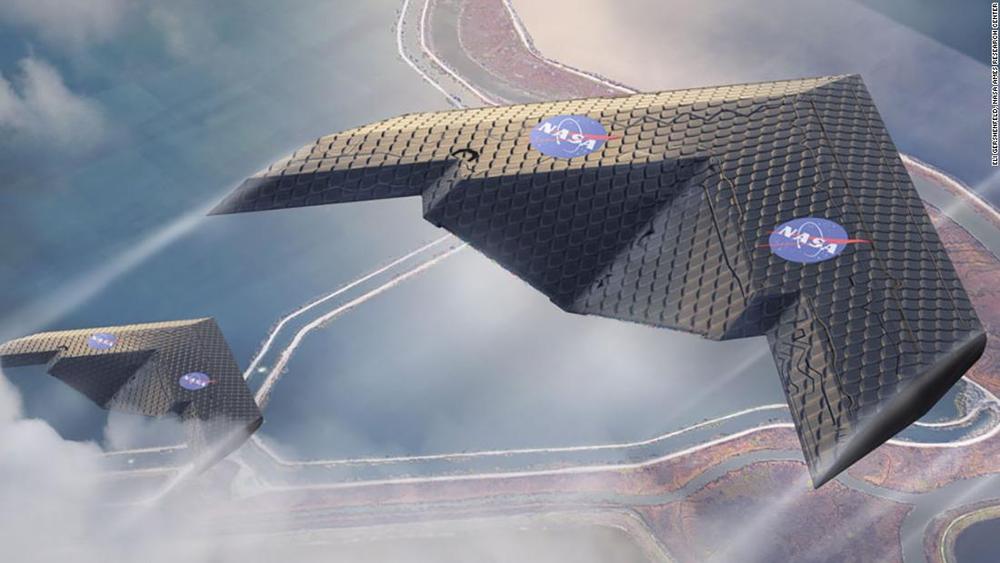Opinion: The average big construction project is overdue and over budget. A dose of automation could help.



Usually, this kind of surgery involves cutting and suturing, which is painful and leaves scars. Now, researchers at Occidental College in Los Angeles and the University of California, Irvine, have reshaped tissue with no incisions or scarring, and minimal recovery time.
It could be useful for cosmetic surgery – such as reshaping a nose or ear – but also for problems such as immobile joints and poor eyesight.

Not sure how to post only a segment, but I found the first segment of this video interesting on the discussion of regulatory oversight of Facebook.
Facebook looks to the government for help censoring viewpoints, the old guard Democrats clash with the socialists, and we check the mailbag!
To watch the full show live, become a Daily Wire premium subscriber; comes with your own Leftist Tears Tumbler!
To listen to this episode, subscribe to The Ben Shapiro Show on iTunes.


Scientists called for a bigger say over research funding under a stifling bureaucratic application system. Yuan Zhiming, an agricultural scientist from the Chinese Academy of Sciences in Wuhan, said he spent so much time filling out funding applications that he did not have time for any research. Senior officials responded that they understood the need to speed up research for China to transform itself into an innovation powerhouse. Minister of Science and Technology Wang Zhigang said the government would overhaul funding management to give researchers more incentives.
The country has to address a lot of shortcomings, but when it sets course to remedy them and commits a bigger share of resources, it could become a leading scientific power within a decade.
SpaceX Falcon Heavy Two Booster Landings + Sonic BOOM 💥
Scientists can now grow heart tissue on spinach leaves. MIND. BLOWN.

Plane wings are traditionally strong, thick and sturdy but a team of researchers led by NASA has created a flexible wing that morphs as it flies.
Measuring 14 feet or four meters wide, the new wing is constructed from thousands of units that fit together and function in a similar way to a bird’s wing, says one of the report’s authors, NASA research engineer, Nick Cramer.
What happened to the Head Transplant?